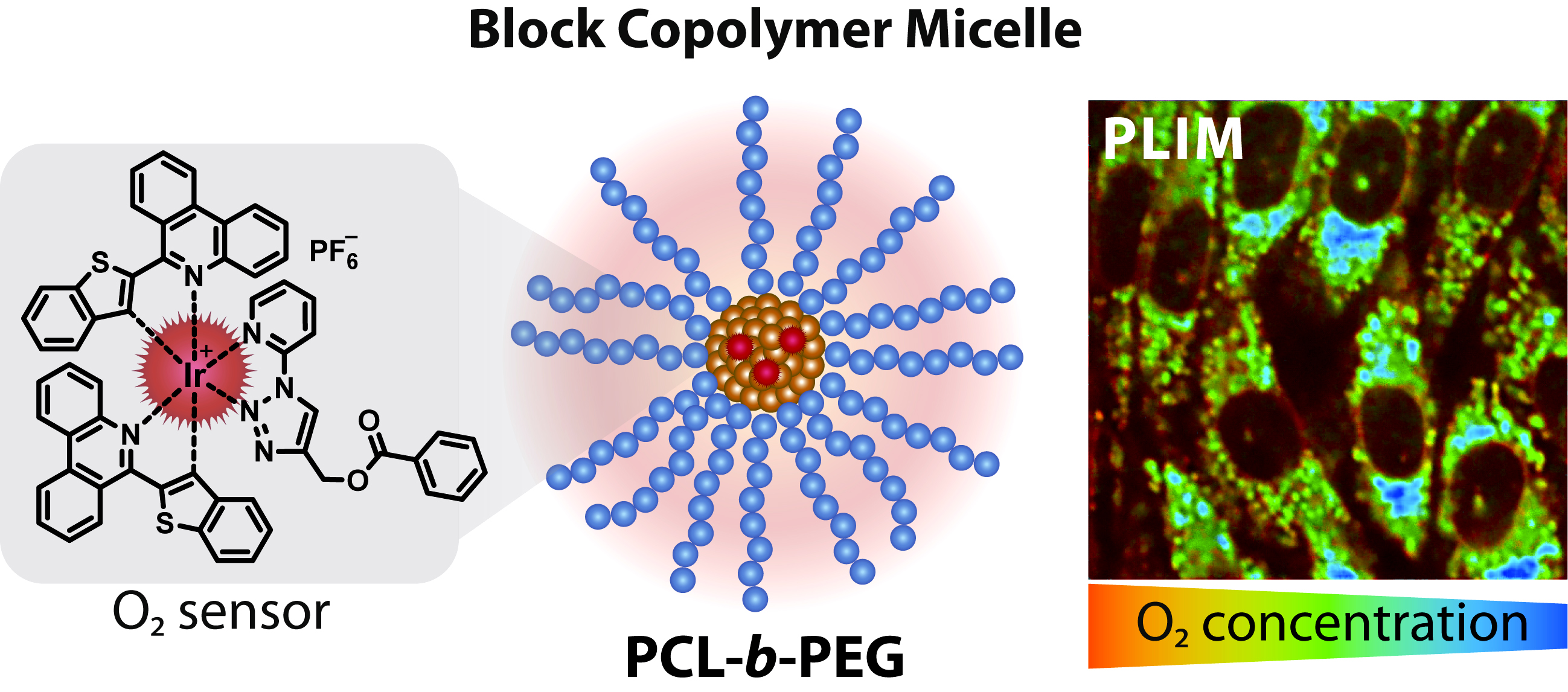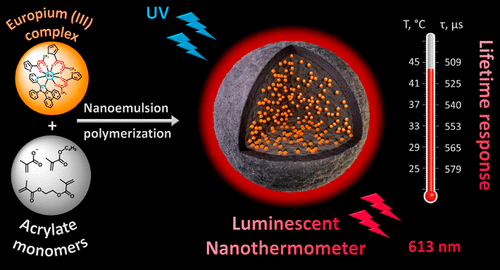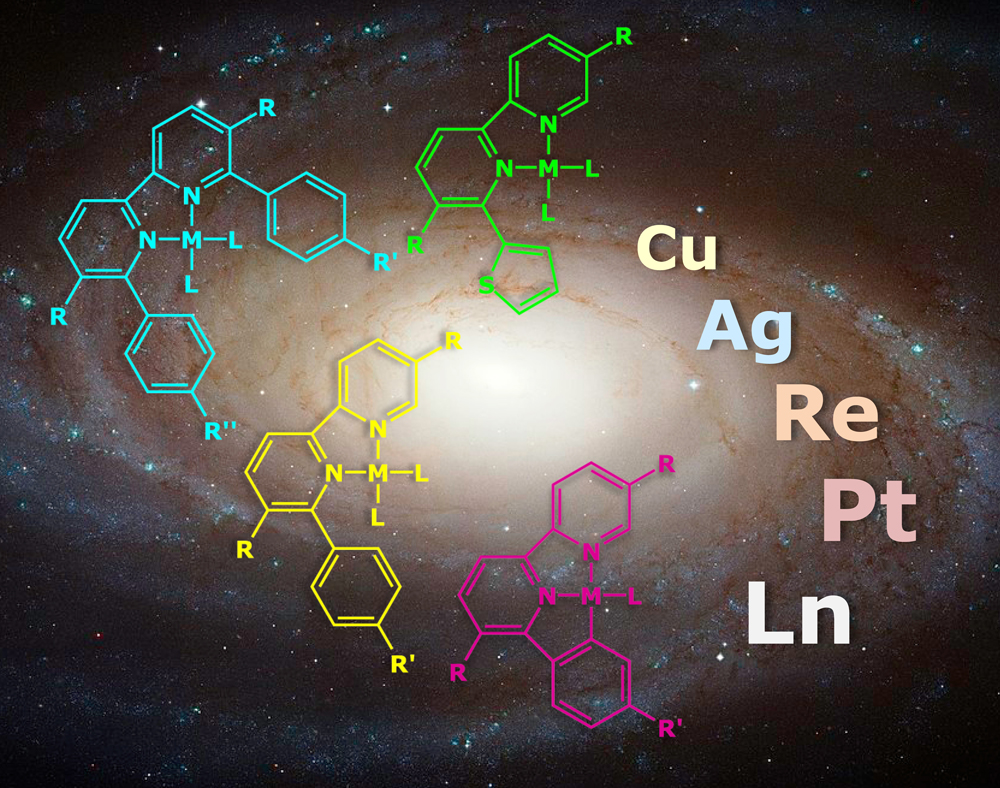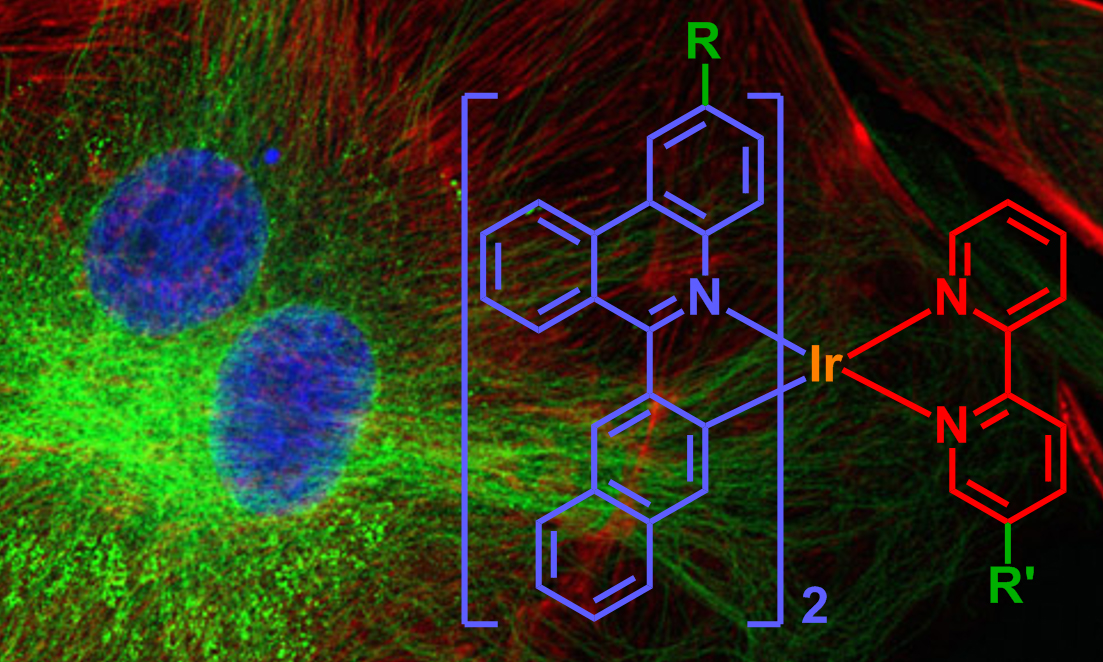
|

|

|

|
|
RFBR grant 21-53-12028,
principal investigator I.S. Kritchenkov
A multi-parameter and simultaneous study of energy metabolism, oxygenation and intracellular pH using metabolic FLIM and PLIM of novel iridium phosphorescent complexes
The aim of the presented joint project is to create new phosphorescent sensors for visualizing and monitoring changes in pH and oxygen concentration in biological systems using
time-resolved bioimaging while simultaneously monitoring metabolic processes by the values of the lifetimes of the coenzymes NADH and FAD. Determination and monitoring of oxygen
concentration and pH values is an extremely urgent task, since any deviations of these values from the norm can lead to pathological changes in cells and tissues, or indicate
such processes. In terms of creating sensors for oxygen, phosphorescent compounds have an undoubted advantage, since, in contrast to fluorophores and due to the triplet nature
of their emission, they give a strong sensory response of the lifetime to changes in the concentration of O2. As for the creation of pH-sensitive phosphorescent labels,
this problem has a significant novelty, since only a small number of such compounds are described in the literature. The introduction of vector groups into the target
complexes will give them a specific affinity for mitochondria, the study of metabolic processes and the determination of oxygen concentration and pH values in which
is one of the urgent problems of cell physiology. Thus, the planned studies on the synthesis of new phosphorescent complexes that can be used as sensors for oxygen
and pH in biological systems will open up new possibilities for studying the processes of cell vital activity using the most modern methods of luminescence microscopy.
|
 |
 |

|

|

|
|
RFBR grant 20-53-S52001,
principal investigator P.S. Chelushkin
Phosphorescent polymer micelles for lifetime oxygen biosensing
Current project is aimed at design of phosphorescent micelles composed from amphiphilic diblock copolymers and phosphorescent water-insoluble emitters. In such micelles, the inner core is formed by hydrophobic blocks and is used to solubilize water-insoluble phosphors, whereas the hydrophilic polymer chains of the outer shell stabilize the micelles in water and prevent the contact of hydrophobic phosphors with bio-macromolecules owing to steric barriers. At the same time, the relatively small sizes of luminescent micelles (total dimensions - 20-50 nm, core sizes - 10-15 nm) will ensure the diffusion of oxygen and thus retain the sensitivity of phosphorescence lifetime with respect to this analyte. The developed polymer micelles are intended to serve as oxygen sensors operating in the Phosphorescence Lifetime Imaging (PLIM) mode - the most reliable approach for oxygen sensing in biological objects based on the excited state lifetime measurements.
|
 |
 |

|

|

|
|
Russian Science Foundation grant 19-13-00132,
principal investigator S.P. Tunik
Design, synthesis and application of novel luminescent sensors for functional bio-imaging based on phosphorescent transition metal complexes
Current project is aimed at design and elaboration of targeted synthetic protocols for preparation of luminescent transition metal complexes, which possess predetermined
photophysical and physicochemical characteristics that make possible their application in functional bio-imaging as sensors/probes for such physiological parameters as oxygen
content, pH and temperature in biological samples by using advanced time-resolved macro- and microscopic techniques. Under the framework of the project it is planned to
synthesize luminescent iridium and rhenium complexes, which display excitation and emission spectra in the window of transparency of biological tissues that paves the way
for their application in deep in vivo imaging of oxygen distribution in such bio-objects as experimental animals and 3D models of
tumors. Nontoxic complexes of this sort
may also be used as indicator dyes in light-driven surgery. The project program also includes the design of the pH sensors by measurements of emission lifetime in bichromophore compounds containing pH-sensitive dye and phosphorescent emitter, which are jointed together as a FRET-pair. The structure and optical characteristics
of these conjugates will display a considerable sensoric response of the emission lifetime onto pH variations in physiological interval. Additionally, it is planned
to design and to synthesize biocompatible polymeric nanoparticles containing incorporated thermosensitive europium complexes for the measurement of local temperature
in bio-samples with submicron resolution and the precision of ca 0.2 Celsius degree in the physiological interval of temperature.
|
 |
 |

|

|

|
|
Russian Science Foundation grant 19-73-20055,
principal investigator J.R. Shakirova
New organometallic phosphors: design of triplet emitters with adjustable photophysical characteristics
The project implies a fundamental research to obtain a new type rationally designed luminophores based on Cu(I), Re(I), Pt(II) ions and bulky symmetric and asymmetric
2,2'-bipyridines. Also various heteroligands (phosphines, isonitriles, alkyne) as part of the described objects are capable to adjust the photophysical properties of
the target compounds. Within the project, an important academic task is not only the design and synthesis of the new emitters, but the investigations of their
photoluminescent parameters to establish the relationship between the electronic structure of the coordination environment and the photophysical properties.
|
 |
 |

|

|

|
|
Russian Science Foundation grant 18-73-10021 (in co-operation with Privolzhskiy Research Medical University),
principal investigator I.S. Kritchenkov
Design and synthesis of phosphorescent transition metals complexes for bioimaging applications
The main scientific problem for the solution of which the project is aimed at is the design of luminescent sensors for mapping the metabolic and physicochemical parameters of
biological objects, in particular, for monitoring intra- and intercellular levels of oxygen by time-resolved bioimaging or ratiometric experiments. The task of design of
phosphorescent ‘platforms’ based on known types of metal complexes, which display predetermined photophysical characteristics and are suitable for modification with the
help of relatively simple chemical approaches, is extremely urgent problem, the solution of which will significantly advance the experimental biomedical research, including
such areas as anticancer therapy or studying the mechanisms of complex physiological processes.
Within the framework of this project, it is planned to obtain a number of new triplet phosphors that, on the one hand, can be used by themselves (either in the form bioconjugates)
for imaging in ratiometric mode or using the phosphorescence lifetime imaging (PLIM). On the other hand, these complexes will be the platform, which can be easily functionalized
to expand the ways of using, depending on the tasks assigned.
|
 |
 |

|

|

|